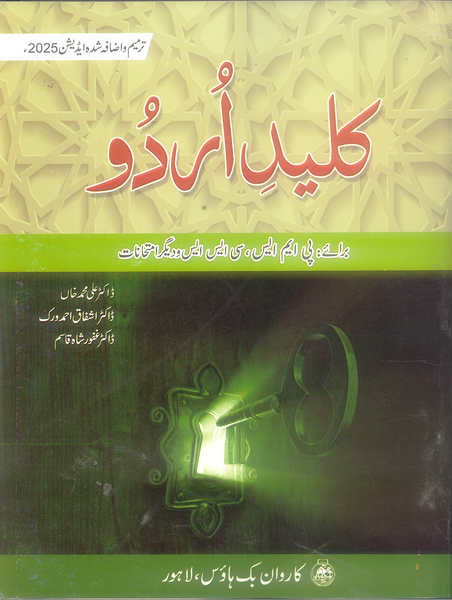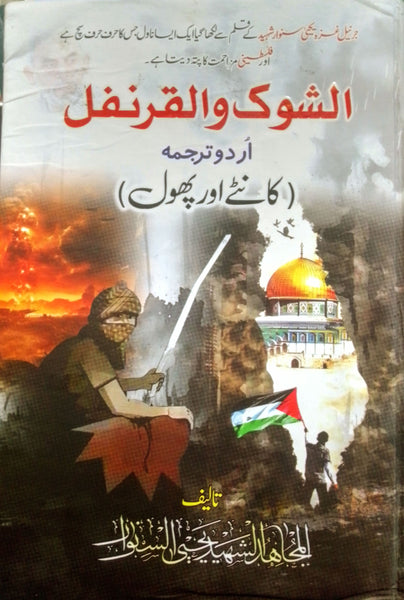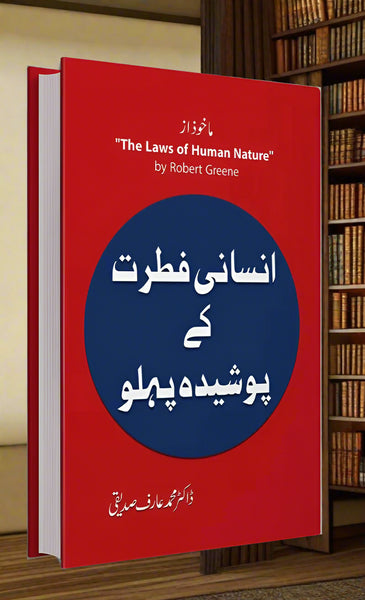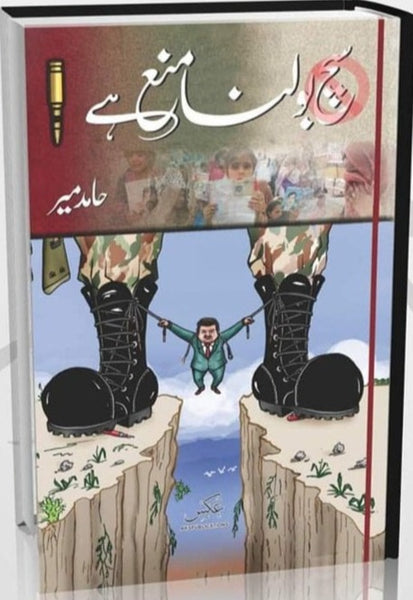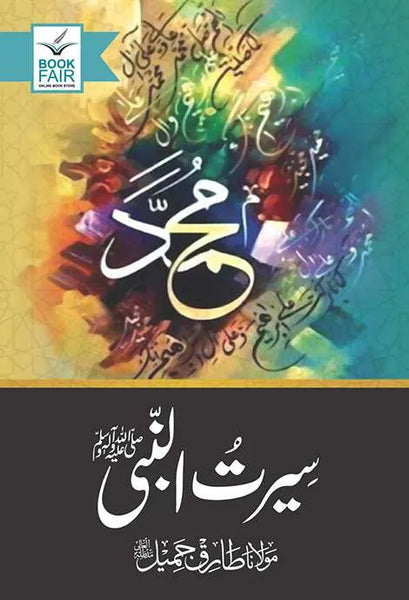"Aag Ka Darya" by Quratulain Haider is a masterpiece of Urdu literature, traversing centuries and continents to explore themes of identity, history, and human connection. Haider weaves together the stories of characters across time, from ancient civilizations to the partition of India in 1947, reflecting the enduring flow of life against the backdrop of tumultuous historical events. Through intricate narratives and rich symbolism, the novel delves into the complexities of cultural and religious diversity, offering profound insights into the human condition.
1. Multifaceted Characters
Quratulain Haider crafts a diverse cast of characters, each representing different facets of society and history, from ancient to contemporary times. These characters embody the complexities of human existence, reflecting the multifaceted nature of identity and experience.
2. Historical Panorama
The novel spans centuries, encompassing various historical periods and geographical locations, from ancient civilizations along the banks of the River Indus to the partition of India in 1947. This expansive canvas provides a panoramic view of history, highlighting the interconnectedness of human experiences across time.
3. Cultural Mosaic
Haider intricately depicts the cultural mosaic of the Indian subcontinent, blending elements of Hindu, Muslim, Sikh, and British colonial influences. Through vivid descriptions and rich symbolism, she captures the vibrancy and diversity of the region's cultural heritage.
4. Symbolism and Allegory
Throughout the novel, symbolism and allegory are employed to convey deeper layers of meaning and explore universal themes. Objects, places, and events serve as metaphors for larger social, political, and existential realities, inviting readers to interpret and engage with the text on multiple levels.
5. Partition Trauma
The partition of India in 1947 looms large in the narrative, shaping the lives of characters and communities caught in its tumultuous wake. Haider examines the trauma and upheaval caused by partition, exploring its enduring impact on individuals and society.
6. River as Metaphor
The River Indus serves as a central metaphor in the novel, symbolizing the inexorable flow of time and the continuity of human experience amidst historical upheavals. Like the river, life and history are depicted as dynamic forces, constantly evolving and reshaping the landscapes they traverse.
7. Quest for Identity
Identity formation and transformation are recurring themes in "Aag Ka Darya," as characters grapple with questions of belonging, heritage, and self-discovery across generations. Through their journeys, Haider explores the complexities of identity in a rapidly changing world.
8. Narrative Experimentation
Haider employs innovative narrative techniques, including shifts in perspective, nonlinear storytelling, and the blending of historical and mythical elements. This narrative experimentation adds depth and complexity to the novel, challenging readers to engage with its themes in new and unexpected ways.
9. Human Connection
At its core, "Aag Ka Darya" is a meditation on human connection and the enduring bonds that transcend time and space. Through the interweaving of diverse narratives, Haider highlights the interconnectedness of individuals and communities, emphasizing the shared humanity that unites us all.
10. Literary Legacy
Regarded as one of the greatest works of Urdu literature, "Aag Ka Darya" continues to captivate readers with its lyrical prose, profound insights, and timeless relevance. Quratulain Haider's literary legacy endures, inspiring generations of writers and readers alike with its exploration of the human experience.
In conclusion, "Aag Ka Darya" stands as a monumental achievement in Urdu literature, blending historical sweep with lyrical beauty to create a tapestry of human experience across time and space. Haider's masterful storytelling and profound insights resonate with readers, inviting them to contemplate the enduring themes of identity, history, and human connection long after they have turned the final page.



